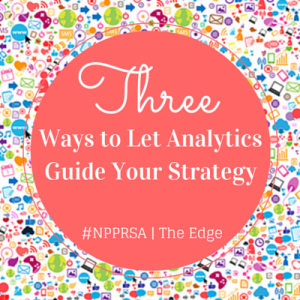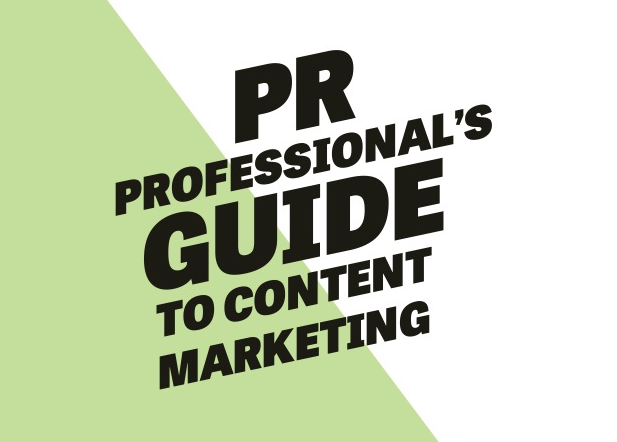 When I landed my first public relations job in 2012, I sensed the field—and those within it—were experiencing a paradigm shift. Working next to seasoned professionals, I watched as savvy practitioners stumbled over using one of the most important public relations tools of our time: social media.
When I landed my first public relations job in 2012, I sensed the field—and those within it—were experiencing a paradigm shift. Working next to seasoned professionals, I watched as savvy practitioners stumbled over using one of the most important public relations tools of our time: social media.
In my opinion, practitioners often lose sight of the purpose of public relations, focusing on output-oriented measures like the number of press releases sent out or the amount of media coverage received. Over the last three years, though, I’ve seen social media bring an exciting transformation to the field.
Thanks to sites like Facebook and Twitter, publics expect honesty, quick responses, interaction and engagement more so than ever before. Gone are the days of hiding behind press releases and media outlets. Social media makes public relations operate on real time. More importantly, social media has helped PR rediscover its relational roots.
This public-focused approach has transformed the way my company operates and executes its public relations strategy. If you’re interested in harnessing the power of social media for PR, here’s four ways to step up your strategy:
1. Use social media to refocus on relationships. I firmly believe that relationships are the glue that hold public relations and social media together. As practitioners, it’s our job to know, understand and advocate for our company’s or client’s publics. Social media offers us the opportunity to do all three on a daily, sometimes hourly, basis.
2. Use social media to empower your position. Social media makes the need for a public relations practitioner mandatory. In addition, in order for the company’s social media pages to align with the business’ goals and values, the public relations practitioner in charge of social media must have support and approval from the dominant coalition, making way for opportunists to discuss and make the presence of public relations known.
3. Use social media to facilitate two-way and symmetrical communication. Social media enables businesses to practice two-way and symmetrical communication with their publics like never before. In other words, answer questions, create opportunities for dialogue and get personal! Social media efforts flop without a human touch.
4. Use social media for environmental scanning. Used as a tool for analysis, social media allows for practitioners to listen to the concerns of consumers and other risk bearers. In fact, I’ve started to track every single complaint we get on social media. It’s a great way for me to detect trends and a useful resource when asked for customer feedback.
What other ways do you feel social media has impacted public relations?
 Audrey Roeder works as a public relations coordinator for two of the nation’s top-selling master-planned communities. She’s an alumna of Texas A&M University and the University of Houston, where she received a Master of Arts in Public Relations. In her free time, Audrey enjoys exploring her city’s ever-growing restaurant scene, binge-watching Netflix with her fiancé and posting too many pictures of her Siamese cat, Sibel, to Instagram. Connect with her on LinkedIn.
Audrey Roeder works as a public relations coordinator for two of the nation’s top-selling master-planned communities. She’s an alumna of Texas A&M University and the University of Houston, where she received a Master of Arts in Public Relations. In her free time, Audrey enjoys exploring her city’s ever-growing restaurant scene, binge-watching Netflix with her fiancé and posting too many pictures of her Siamese cat, Sibel, to Instagram. Connect with her on LinkedIn.






 Brittany Berger is currently a Digital Content Supervisor at
Brittany Berger is currently a Digital Content Supervisor at  Growing up in the whirlwind of social media, many young professionals find this area as one of their specialties. It’s almost inevitable that in today’s industry you’ll be involved with social at some point in your career. However, even if you rock at social media, there’s hurdles you may face as a young professional when dealing with execs, clients or the business side of the company.
Growing up in the whirlwind of social media, many young professionals find this area as one of their specialties. It’s almost inevitable that in today’s industry you’ll be involved with social at some point in your career. However, even if you rock at social media, there’s hurdles you may face as a young professional when dealing with execs, clients or the business side of the company. Ashleigh Mavros is a graduate of the E.W. Scripps School of Journalism at Ohio University and works in public relations at Fahlgren Mortine, a fully-integrated agency in Columbus. She is a member of the Central Ohio PRSA Programs Committee. Connect with Ashleigh on Twitter at
Ashleigh Mavros is a graduate of the E.W. Scripps School of Journalism at Ohio University and works in public relations at Fahlgren Mortine, a fully-integrated agency in Columbus. She is a member of the Central Ohio PRSA Programs Committee. Connect with Ashleigh on Twitter at